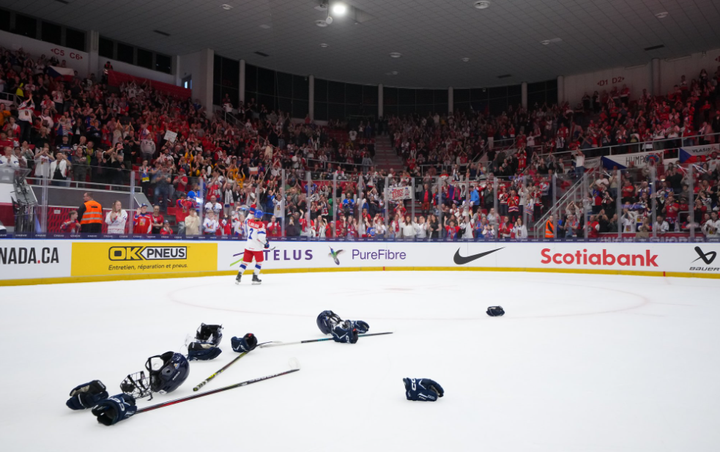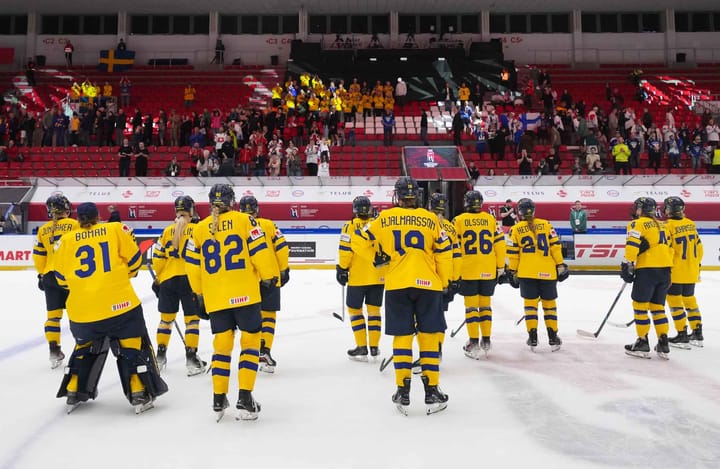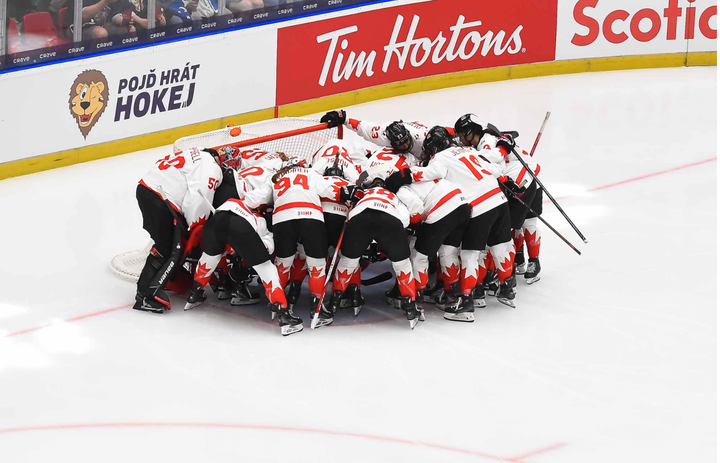Reflecting on team stat trends from the 2017-18 NWHL season
Context is everything.
Statistics are essential tools for evaluating the performances of both individuals and teams. But, without context, there’s only so much that the numbers we end up with at the end of a season can tell us. This is just as true for team performance as it is for player performance, and the 2017-18 NWHL season was a great example of that.
Heading into last season I had a plan to break the year up into quarters in order to observe trends over the 16-game schedule. After the regular season wrapped up, I grabbed data from four key points of the year; the first quarter, the holiday break, the All-Star break, and the end of the regular season. With the exception of the holiday break — which took place seven games into the year — this gave me snapshots of the NWHL landscape in four game intervals.
As the season progressed I paid particular attention to statistics like shots for per 60 minutes (SF60), shots against per 60 minutes (SA60), team shooting percentage, team save percentage, and PDO. I expected to see the most change in special team success rates and shooting rates. However, there were also significant changes in other categories.
The Connecticut Whale finished the season with a league-worst 7.3 power-play percentage. Naturally, that number tells us that the Whale struggled tremendously on the PP, but it doesn’t tell us why they struggled. It also doesn’t tell us if that was a problem for the Whale all year long or if something changed during the year. As eye-catching as a 7.3 percent success rate on the power play may be, it doesn’t tell us enough. Context is everything.
So, let’s look at the why.
In addition to watching the games and observing how the Whale struggled to generate scoring chances on the power play, we can also look at stats that are traditionally correlated to power-play success. At the top of that list is the Whale’s league-worst 5.7 shooting percentage which was so low that it beggars belief. That number suggests that the Whale were not just bad at creating high quality scoring chances, they were also unlucky; their league-worst 93.6 PDO supports that.
When we dig into that 5.7 shooting percentage a little bit more, it becomes pretty clear that the Whale lacked scoring depth. Connecticut had four players in the NWHL’s top 30 primary point scoring leaders last season; they were the least represented team on that list. They would have had a far better representation in that group if Sam Faber was in the lineup more often and if Meghan Huertas didn’t suffer an injury. Of course, there are better ways to measure the ability to create offense than counting primary points, but our resources are limited by the NWHL’s statistics.
The Boston Pride also had a rough time converting on the PP, but they had a lot more luck scoring goals at even strength. As a team, Boston scored 27 goals at evens — six of which were scored by Jillian Dempsey — compared to the 20 scored by the Whale. That number adds a little bit more context to Connecticut’s abysmal 5.7 percent shooting rate.
Another noteworthy trend from last season was the Buffalo Beauts’ transformation after an uncertain first quarter. The Beauts cleaned up their game in front of Amanda Leveille and she got into a groove. Buffalo’s team save percentage went from .867 after four games — the worst in the league at that time — to a .918 save percentage.
The improved play of the skaters in front of Leveille played a big role in her Goaltender of the Year Award-winning season. In the first eight games of the season Buffalo allowed a league-worst 34.60 SA60. In the second half of the season the Beauts allowed 28.53 SA60. That is a difference of nearly two fewer shots allowed per period in the second half of the year. What’s even more impressive is that the Beauts managed to finish second in the league in SF60 while bolstering their own defensive game.
Another pattern that emerged from Buffalo’s 2017-18 season was the dramatic jump in their success in the faceoff circle. Buffalo had an abysmal start in the first quarter, winning just 43.9 percent of their draws, but by the end of the season the Beauts climbed their way up into second place in the league. Faceoffs are an art form; so it’s hard to say for certain what was behind that improvement. With that being said, it was likely related to Buffalo figuring out their lines after a lot of roster juggling early in the year.
I plan to continue to track the trends in team stats for the upcoming 2018-19 NWHL season. It will be particularly interesting to see how the addition of the Minnesota Whitecaps impacts the parity of competition in the league. We’ve seen a big shakeup in team stats every year because of all of the roster turnover, but we might see even more now that the league has a fifth team.





Comments ()